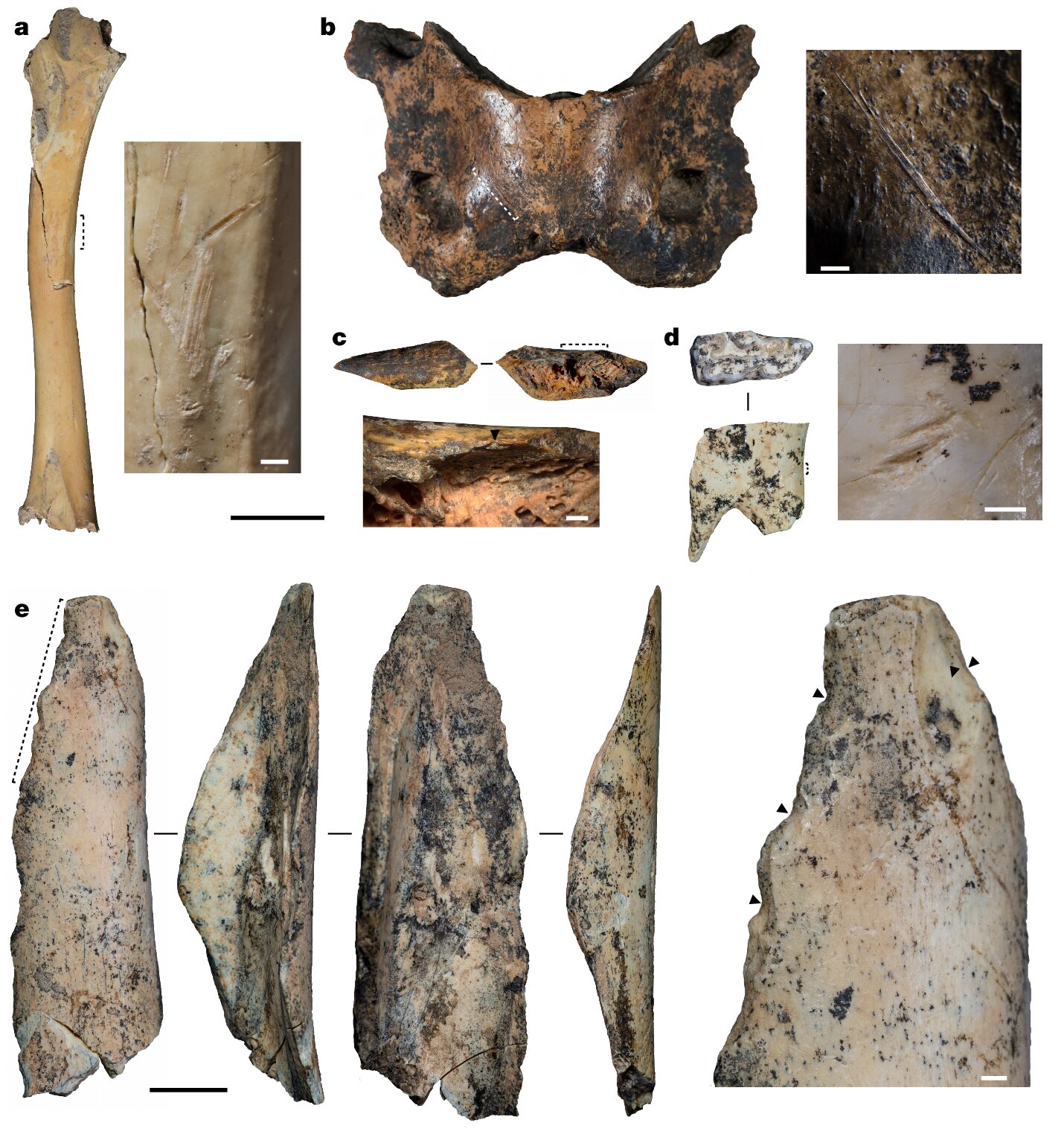
Denisovans: The Enigmatic Ancient Humans of the Tibetan Plateau
The Denisovans are an extinct group of humans that lived on the Tibetan Plateau during the Late Pleistocene era, around 160,000 to 30,000 years ago. They were first identified through genetic analysis of fossils found in Denisova Cave in Russia and later confirmed through archaeological excavations at Baishiya Karst Cave in Xiahe, north-east Tibetan plateau.
Denisovans were adaptable hunters and scavengers who thrived on the high-altitude plateau. They hunted a diverse range of animals including woolly rhinos, blue sheep, wild yaks, marmots, birds, hyenas, herbivores and small forested areas as well as grass landscapes.
The discovery of Denisovans has deepened our understanding of human evolution and the diversity of ancient human populations. Their existence challenges the traditional view that Neanderthals were the only significant hominin group in Europe and Asia during this time period.
Despite their importance, very little is known about Denisovans due to the scarcity of their remains. However, recent research has shed new light on their subsistence strategies and lifestyle.
One study published in Nature revealed that Denisovans hunted a wide range of animals at Baishiya Karst Cave. They butchered and processed large animals such as woolly rhinos, blue sheep, wild yaks, equids and spotted hyenas. Small mammals like marmots and birds were also present in their diet.
Another study published in Science Advances found that Denisovans lived through two cold periods but also during a warmer interglacial period between the Middle and Late Pleistocene eras. The relatively stable environment of Ganjia Basin, where Baishiya Karst Cave is located, may have contributed to their survival.
Denisovans likely used animal hides for clothing to stay warm in the freezing temperatures of the Tibetan Plateau. They also used bone tools and left evidence of anthropogenically modified faunal specimens at Baishiya Karst Cave.
Despite these discoveries, many questions remain about Denisovans. Their extinction remains a mystery, as does their relationship with other ancient human groups such as Neanderthals and Homo sapiens.
Further research is needed to uncover the full story of these enigmatic ancient humans.




